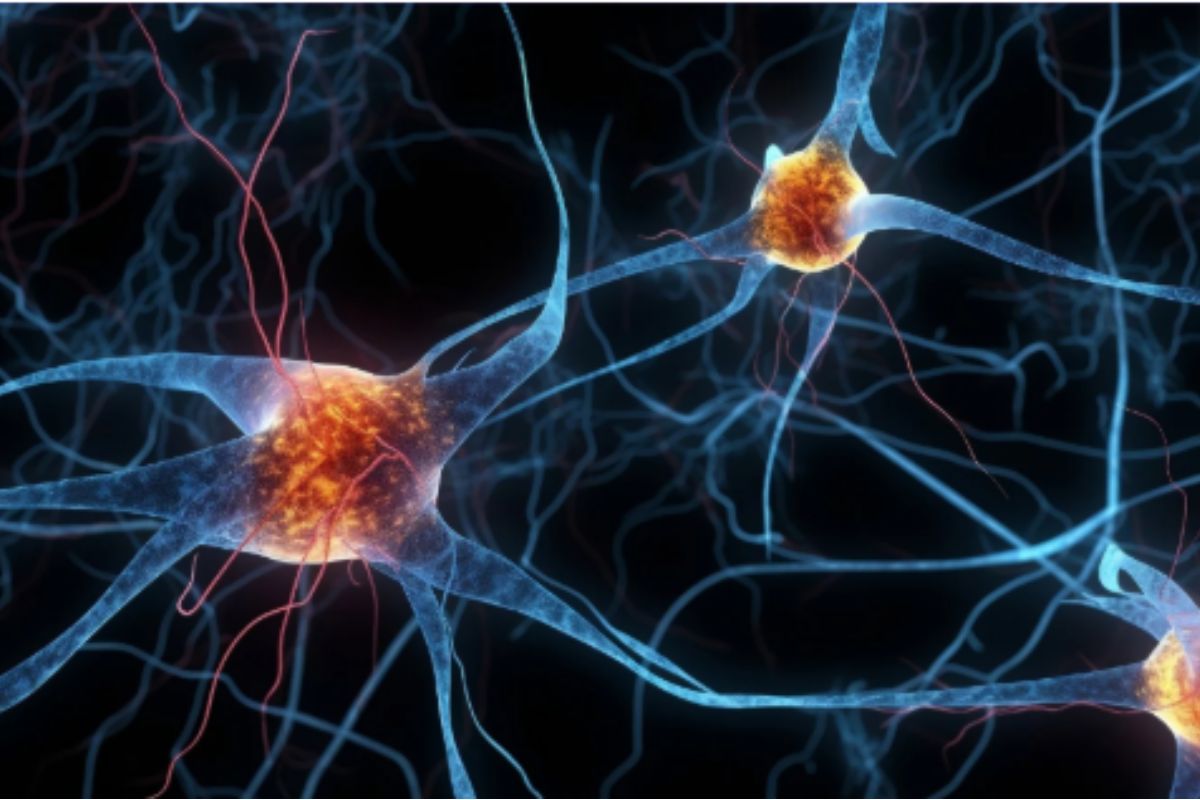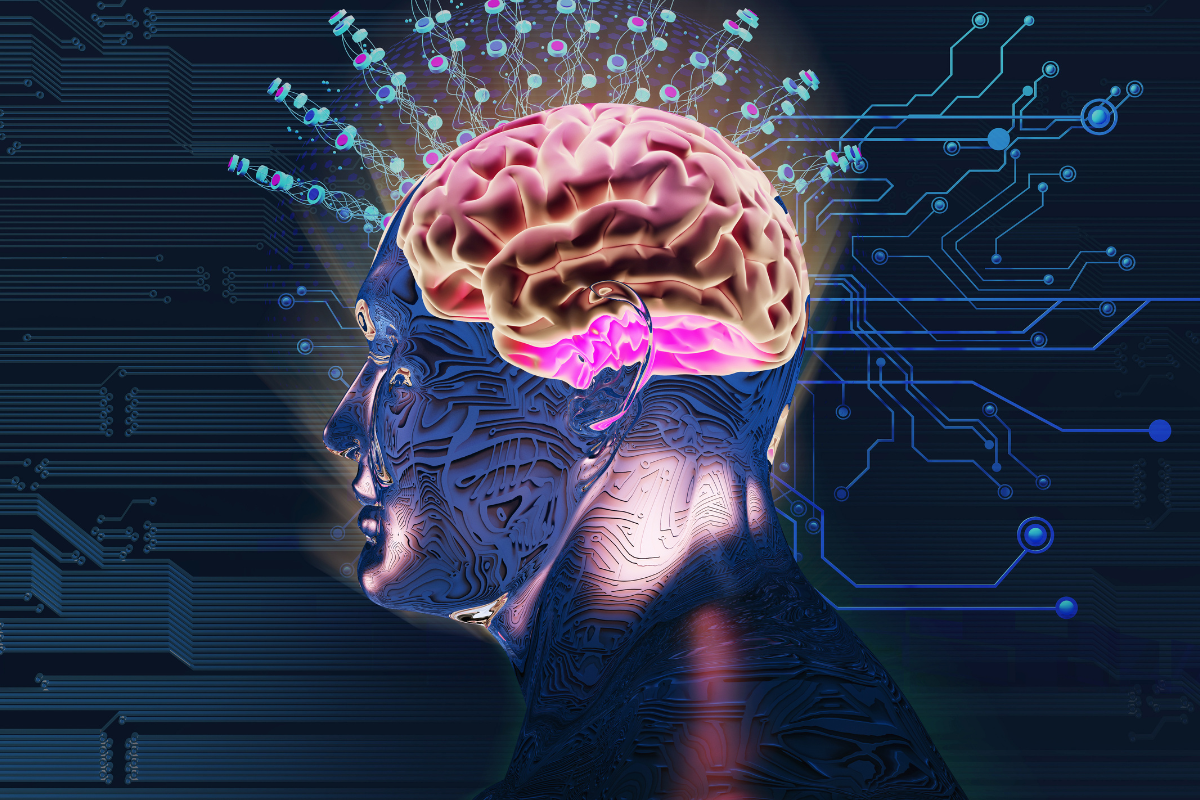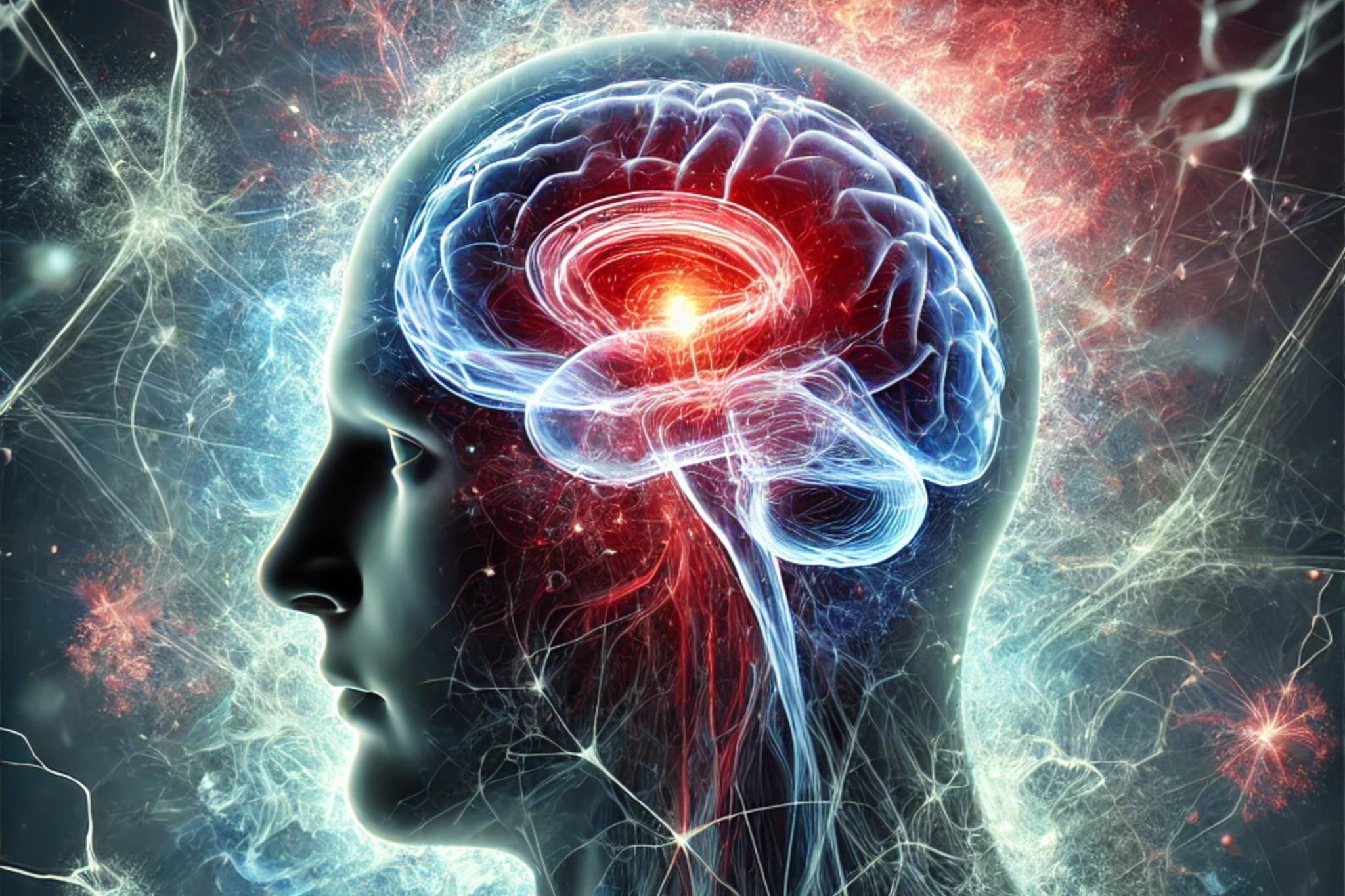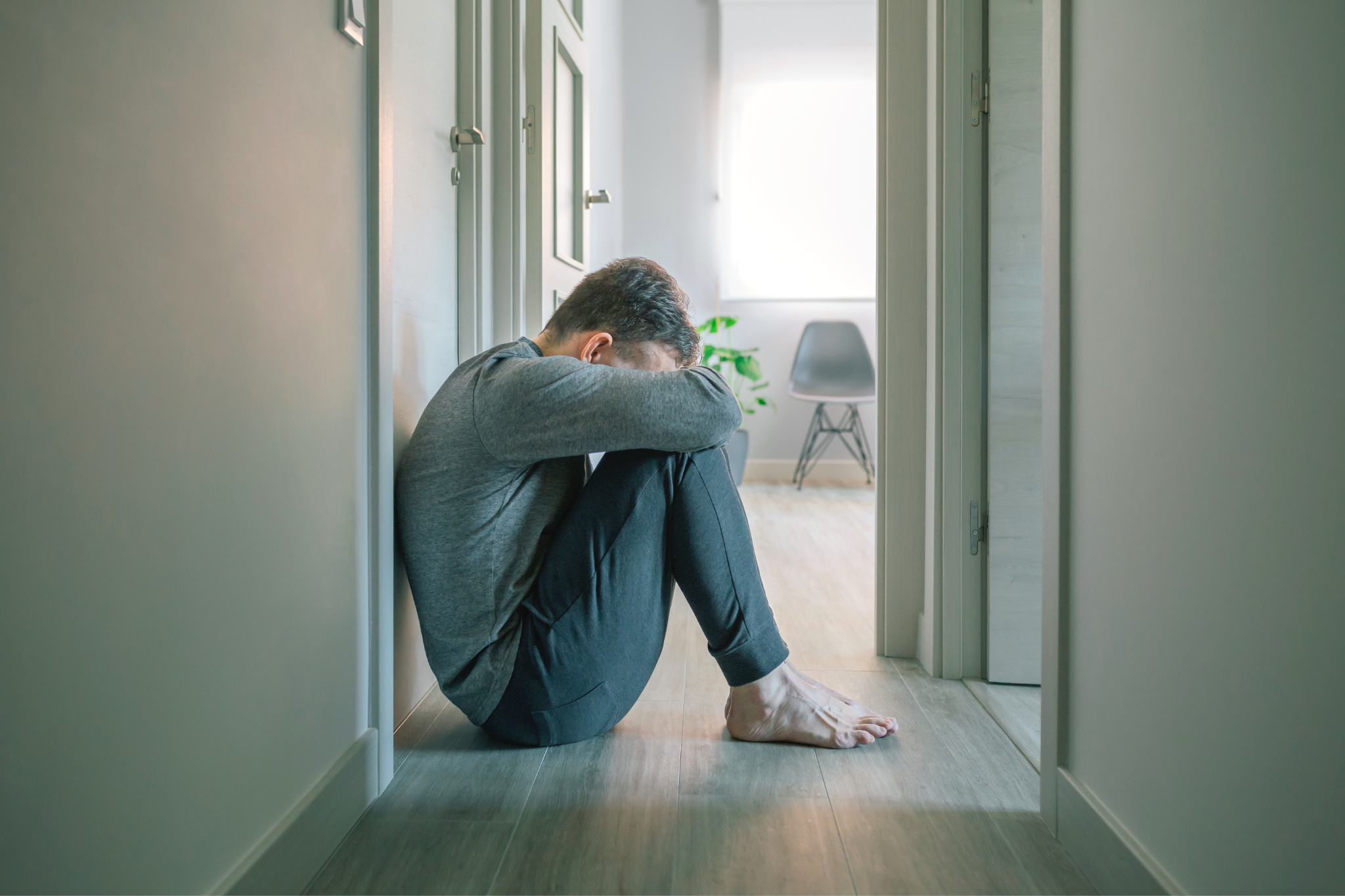A depression is one of today's most common disorders, often mistaken for passing sadness or part of an individual's personality trait. However, it is a condition that requires attention and accurate diagnosis in order to be treated properly.
According to World Health Organization (WHO)In Brazil, 15.5% of the population suffers from depression, which is more prevalent among women (20%) than men (12%). Despite the high incidence, many cases go undiagnosed or untreated, which can lead to worsening depression.
What is depression?
Far beyond simple sadness, depression is a complex psychological disorder that profoundly affects the way a person feels, thinks and interacts with the world. A depressive disorder goes beyond the emotional: it involves an imbalance in the neural processes which regulate mood and perception of reality.
However, its effects extend beyond the individual, influencing their relationships, their routine and even their self-image. The neurobiological basis of depression involves alterations in neurotransmission, especially in the serotoninergic, noradrenergic and dopaminergic systems, which play key roles in regulating mood, behavior and the response to stress.
That's why, contrary to common sense, it's not just a question of "lack of will" or "negative thinking", but of real suffering that needs to be understood and treated with due care.
What are the risk factors for depression?
The etiology of depression involves the interaction of genetic, neurological and psychosocial components. Although no single factor is decisive, the presence of one or more risk factors increases predisposition to the disorder. The main ones include:
Genetic causes
A genetics plays an important role in the development of depression, as evidenced by studies of twin siblings with a positive family history of the condition. The DSM-5 (Diagnostic and Statistical Manual of Mental Disorders, 5th edition) recognizes that individuals with first-degree relatives diagnosed with some type of depressive disorder are at high risk for the disorder.
Brain biochemistry
Alterations in neurotransmitters - chemical substances that transmit signals in the brain - are also associated with depressive disorders. Dysregulation of neurotransmitters can have an impact on an individual's mood and contribute to the onset of depressive symptoms.
The functioning of the hormonal system can also be affected, especially three areas: the hypothalamic-pituitary-adrenal axis (related to the stress response);
- the hypothalamic-pituitary-thyroid axis (linked to metabolism and energy);
- the hypothalamic-pituitary-growth hormone axis (important for various body functions).

Changes in these systems can also influence the body's response to adverse events and increase predisposition to developing depression.
Abuse of licit and illicit drugs
Abuse of psychoactive substances, whether licit or illicit, can trigger or aggravate depression by compromising the regulation of neurotransmitters.
Alcohol, being a central nervous system depressant, initially generates pleasure by raising dopamine, but its chronic use reduces this response, favoring depressive symptoms. Stimulants such as cocaine and amphetamines cause temporary euphoria, but lead to dopaminergic exhaustion, resulting in apathy and anhedonia.
Other drugs, such as marijuana, can alter mood and cognition, while opioids, such as heroin and fentanyl, promote temporary well-being but disrupt the emotional system in the long term. Finally, hallucinogens such as LSD and ketamine can induce psychotic breaks and prolonged depressive episodes.
Environmental factors
The environment also has a significant impact on the development of depression, especially in relation to adverse experiences during childhood. Traumatic events, such as the loss of a parent, physical, psychological or verbal abuse, family environments characterized by constant fighting and neglect, are all factors that can trigger the disorder.
This is because the events damage the emotional development and the ability to cope with feelings and stressors, leaving the person more vulnerable to psychological suffering throughout life.
Personality
Individual psychological characteristics also play an important role in influencing the development of depression. For example, more withdrawn and shy people often prefer social isolation, which, combined with other factors, can increase predisposition to the disorder.
What are the warning signs and symptoms of depression?
Recognizing the warning signs and symptoms of depression and seeking specialized help when necessary are key to preventing the condition from worsening. Being aware of these signs gives you a clearer picture of what you're experiencing emotionally.
The main signs and symptoms of depression are
- Depressed mood: is characterized by a persistent feeling of sadness, hopelessness or emptiness, often accompanied by anhedonia (loss of the ability to feel pleasure). In some cases, it can manifest as irritability, especially in children and adolescents.
- Motor retardation and lack of energy: a significant reduction in energy and motivation for daily activities, associated with constant fatigue and psychomotor retardation (slowing down of movements and thinking). The patient may report a subjective feeling of heaviness in the limbs and great effort to perform routine tasks.
- Insomnia or drowsiness: changes in sleep patterns, such as difficulty falling asleep (initial insomnia), excessive sleepiness (hypersomnia), waking up during the night with difficulty getting back to sleep (intermediate insomnia) and waking up early in the morning without being able to fall asleep again (terminal insomnia).
- Change in appetite: depression can lead to both hyporexia (reduced appetite, resulting in significant weight loss) and hyperphagia (increased food intake, with weight gain).
- Reduced sexual interest: This is a frequent symptom and can be associated with both neurological factors (a decrease in dopamine and serotonin) and a general loss of interest in previously pleasurable activities. As illustrated in the image below.
- Diffuse physical pain and symptoms: complaints of body pain, such as headaches, back pain or chest pain, with no apparent medical cause.
What are the types of depressive disorder?
Each person has a history, a psychological structure and a unique way of dealing with suffering, which influences the variation in symptoms of depression. For this reason, there are different types of depressive disorderThey are classified according to their specific characteristics.
Types classified by DSM-5
O DSM-5 (Diagnostic and Statistical Manual of Mental Disorders, 5th edition), is a guide used by health professionals to classify and diagnose psychological disorders. Its main function is to standardize diagnostic criteria, facilitating communication between specialists and ensuring more accurate diagnoses and treatments.

The depressive disorders identified in the manual include:
Major Depressive Disorder
It is characterized by the persistence of depressed mood and the loss of interest and pleasure in activities every day, or almost every day, significantly affecting the person's functioning. In this type of depression, the individual may experience significant weight loss or gain and difficulties maintaining hygiene.
Persistent Depressive Disorder
Also known as dysthymia, it presents symptoms similar to those of Major Depressive Disorder, such as sadness, melancholy and apathy, but with less intensity. The main characteristic of dysthymia is the prolonged duration of the symptoms, which need to be present most days for at least two years (or one year in the case of children and adolescents).
Types classified by etiology
Depressive disorders can also be classified by etiology (factors that contribute to the development of the condition) into different types, taking into account the origin of the symptoms. These can be defined as:
- Premenstrual dysphoric disorder: characterized by mood swings, irritability, sadness and anxiety that occur repeatedly in the run-up to menstruation, decreasing with its onset or shortly after the menstrual period.
- Depressive disorder due to another medical condition: prolonged period of depressed mood or significant loss of interest and pleasure in almost all activities, attributed to the direct effects of an underlying medical condition.
- Substance/medication-induced depressive disorder: a significant and continuous change in mood, marked by apathy or loss of interest and pleasure in almost all activities, resulting from the direct effects of a substance, such as drugs, medication or exposure to toxins.
- Prolonged grief disorder: intense and persistent reaction to the loss of someone close by intense longing for the deceased (often with intense sadness and frequent crying) or preoccupation with thoughts or memories for more than 12 months.
Subtypes of Major Depressive Disorder
Major Depressive Disorder also has subtypes within its diagnosis. Some particularities can differentiate the diagnostic assessment, which requires a good professional to identify its subjectivities. Some of the subtypes of Major Depressive Disorder are:
- Depression with anxious features: the presence of significant anxious symptoms, such as restlessness, shortness of breath, trembling and fear of something bad happening.
- Depression with mixed features: in addition to depressive symptoms, there are manic or hypomanic traits, such as increased energy, racing thoughts and greater impulsiveness.
- Melancholic depression: is characterized by severe loss of pleasure in almost all activities, worsening morning symptoms, early awakening, psychomotor slowing and excessive guilt.
- Catatonic depression: involves significant motor changes, such as immobility, muteness, rigid posture or even purposeless agitation. It can occur in severe episodes of depression and requires immediate intervention.
- Bipolar depression: occurs within the Bipolar disorderThe depressive phase is characterized by oscillations between episodes of depression and episodes of mania or hypomania. During the depressive phase, the person experiences deep sadness, loss of interest, fatigue and negative thoughts.
- Atypical depression: Unlike classic depression, patients with this subtype show mood reactivity (temporary improvement in the face of positive events), as well as increased appetite, weight gain, hypersomnia and extreme sensitivity to rejection.
- Seasonal depression: related to the change of seasons, usually occurs in the fall and winter due to the reduction in sunlight, generating intense fatigue, increased appetite and social isolation.
- Peripartum depression: characterized by major depressive episodes that occur during pregnancy or in the first four weeks after childbirth. It can involve serious symptoms such as deep sadness, hopelessness, feelings of maternal inadequacy and, in extreme cases, the risk of puerperal psychosis.
- Psychotic depression: in addition to depressive symptoms, there are delusions or hallucinations, which can be congruent (associated with guilt) or incongruent (not following the depressive pattern) with the mood.
Diagnosis and treatment
Treatment for depression can include seeking psychotherapy and a psychiatrist to accurately diagnose the disorder and prescribe medication if necessary.
Among the drugs most commonly used to treat depression are:
- Monoamine oxidase inhibitors (MAOIs);
- Melatonergic antidepressant;
- Serotonin and noradrenaline reuptake inhibitors;
- Dopamine and noradrenaline reuptake inhibitor;
- Selective serotonin reuptake inhibitors;
- Serotonin modulators (5-HT2 blockers);
- Heterocyclic antidepressants (HCAs);
- Ketamine and scetamine.
Psychologists and psychiatrists, however, are essential and complementary for improving the clinical picture.
Psychologist
O he psychologist is the professional who, through psychotherapy sessions, will assess the individual's psychological issues and help them deal with traumatic events. It is in therapy that the patient will be able to talk about their issues without judgment and with professional secrecy assured.
In the treatment of depression, psychotherapy is fundamental to identifying and understanding the patient's behavior and thought patterns, especially those that contribute to the onset of depressive symptoms.
The psychiatrist
Psychiatrists are doctors who specialize in the diagnosis, treatment and management of psychological disorders, including depression. Their training allows for a complete clinical approach, taking into account both the neurological aspects and the psychosocial factors that influence the patient's condition.
In this way, it is possible to assess the physiological aspects of the disorder, analyzing the symptoms and their impact on the individual's daily life. Based on this assessment, the psychiatrist makes the diagnosis using criteria from the DSM-5 and ICD-11.
When indicated, the prescription of psychotropic drugs, such as antidepressants and mood stabilizers, is part of the treatment, helping to regulate neurotransmitters and improve symptoms.
The importance of seeking professional helpl
The psychiatrist, in addition to diagnosing and prescribing drug treatment, also plays an ongoing role in patient follow-up. After the initial assessment, he monitors the effects of the medication, adjusting the doses as necessary to ensure the effectiveness of the treatment and minimize possible side effects.
Resistance to seeking treatment, often motivated by social stigma and misinformation, can delay recovery and increase the risk of complications, such as chronic symptoms and suicidal ideation.







